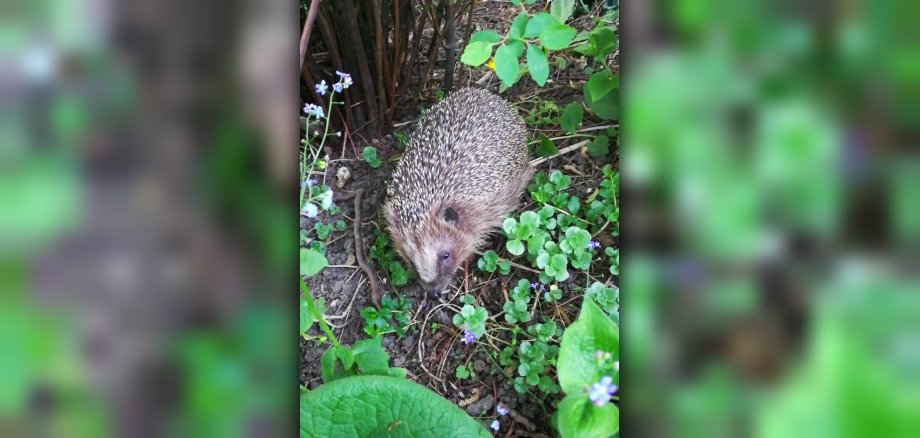Hedgehog protection campaign
What can individuals do to protect hedgehogs?
The life expectancy of a hedgehog in the wild is three to seven years. However, hedgehogs are increasingly exposed to man-made dangers. Whether it's cutting greenery, road traffic, a lack of food or heat and water shortages: dangerous risks for hedgehogs lurk everywhere. The mortality rate of young animals is very high and the average life expectancy of a hedgehog is only 2 to 4 years. Populations have declined significantly. As a result, the animal of the year 2024 has been classified as potentially endangered according to the International Red List since October last year.
The town of Beckum is supporting Private Igelhilfe Beckum with an information campaign on the protection of the endangered spiny animal. Over the next few months, the press office of the town of Beckum will therefore draw attention to the various problems at irregular intervals and provide very practical tips on what everyone can do to support the initiative and minimise the dangers for hedgehogs.
Profile:
The hedgehog is one of the oldest mammal species still in existence. Its ancestors lived around 65 million years ago and it has had its current appearance for around 15 million years. Adult hedgehogs have up to 8,000 spines, which they deploy in case of danger. Hedgehogs can grow up to 28 centimetres long and weigh up to 1.5 kilograms. With their excellent sense of smell and good hearing, they find their food insects and mating partners. After a gestation period of 35 days, an average of 4 to 5 young are born in late summer. Outside of the mating season, hedgehogs are solitary animals.
Natural gardens attract insects and hedgehogs
The native brown-breasted hedgehog is a crepuscular and nocturnal insectivore. However, the decline in insects is also affecting hedgehogs. The next instalment is therefore dedicated to insect- and hedgehog-friendly gardens.

